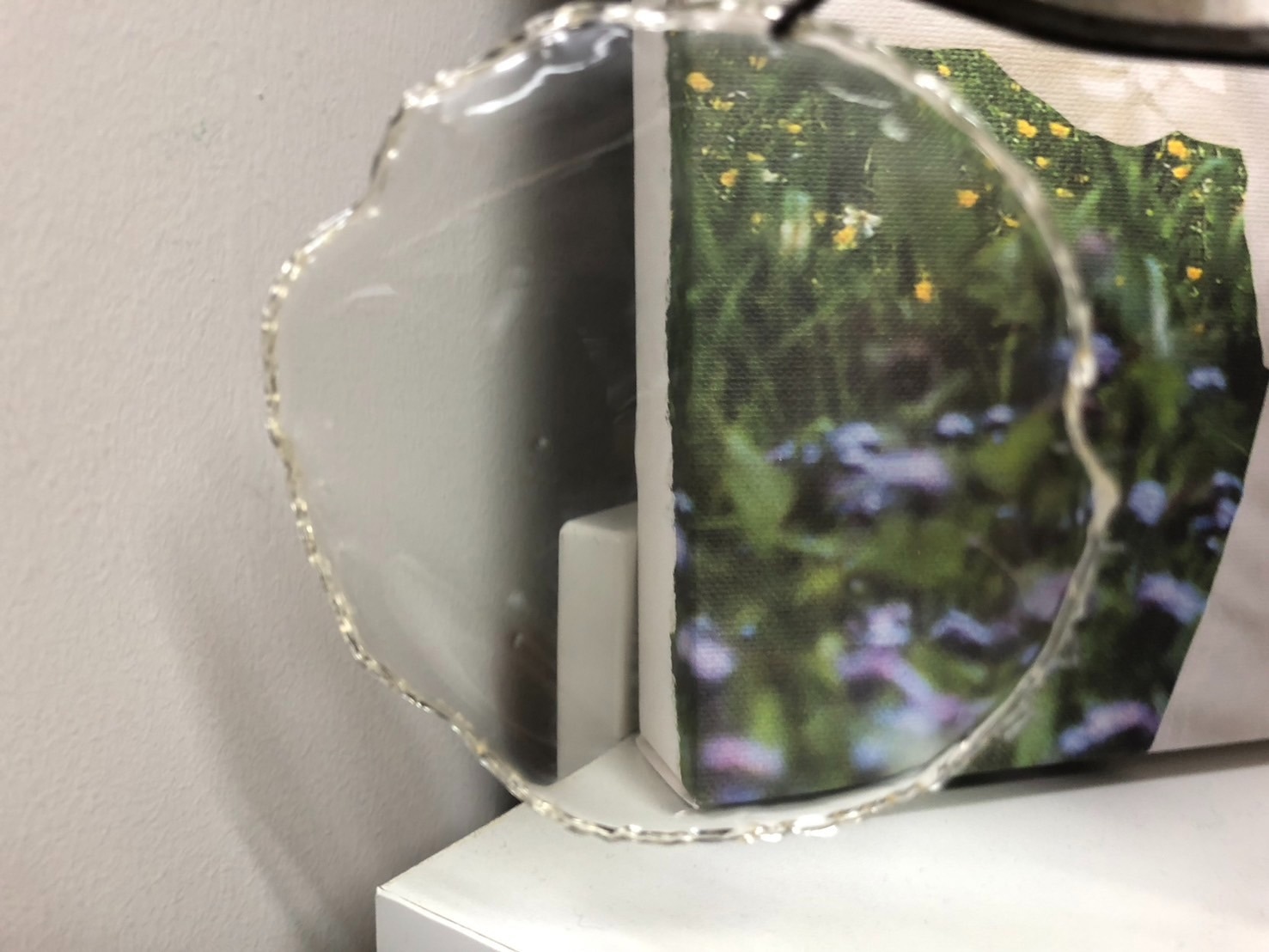Hokkaido University researchers have made significant strides in creating stable, recyclable plastics from plant sources to reduce the environmental impact of plastic pollution. The team created an easy-to-use, adaptable process that uses chemicals generated from plant cellulose to create a wide range of polymers, all of which are recyclable. The technique was published in the ACS Macro Letters journal.
 A transparent film made from the new recyclable polymer developed in this study. Image Credit: Feng Li
A transparent film made from the new recyclable polymer developed in this study. Image Credit: Feng Li
Cellulose is one of the most abundant components of plant biomass, as it forms the strong cell walls that enclose all plant cells and can be extracted from plant wastes like straw and sawdust with ease. As a result, cellulose is a promising feedstock for polymer manufacturing, as any detrimental consequences to agricultural land for food production are unlikely.
Cellulose is a long-chain polysaccharide polymer, which means it is made up of many sugar groups, primarily glucose, that are bound together by chemical bonds.
The Hokkaido team created their novel polymers using two commercially available small molecules, levoglucosenone (LGO) and dihydrolevoglucosenone (Cyrene), both derived from cellulose. They created unique chemical techniques for converting LGO and Cyrene into a range of unnatural polysaccharide polymers. Changing the precise chemical structure of the polymers allows for the creation of new materials for a variety of purposes.
Our biggest challenges were controlling the polymerization reaction that links the smaller monomer molecules together, and obtaining polysaccharides materials that are sufficiently stable for common applications while still able to be broken up and recycled by specific chemical conditions.
Feng Li, Study Corresponding Author and Assistant Professor, Hokkaido University
Li adds that the most surprising aspect of the research was the remarkable transparency of the polymer films they created, which might be critical for the kind of specialized applications for which these polymers appear to be best suited.
As the materials are quite rigid it may be difficult to use them as flexible plastic materials, such as plastic bags, so I expect they will be more suited for high performance materials for optical, electronic, and biomedical applications.
Toshifumi Sato, Study Corresponding Author and Professor, Hokkaido University
Other research groups worldwide are also investigating the possibility of producing plastic-replacing polymers from plants, and some of these ‘bioplastics’ are currently commercially accessible, but Satoh’s group has introduced a substantial new prospect to this rapidly emerging sector.
The team now intends to investigate further possibilities. Still, there are so many possible structural variants that they would like to collaborate with experts in computational chemistry, artificial intelligence, and automated synthesis to explore their options.
Li concluded, “We hope this work will develop a wide variety of useful unnatural polysaccharide polymers to become part of a sustainable closed loop of synthesis from biomass with efficient recycling.”
Hokkaido University via the Frontier Chemistry Center, the Photo-Excitonic Project, the Creative Research Institution (CRIS), the List Sustainable Digital Transformation Catalyst Collaboration Research Platform (List-PF), the Project of Junior Scientist Promotion, and the FY2023 SOUSEI Support Program for Young Researchers; and, the Fujimori Science and Technology Foundation supported the study.
Journal Reference:
Mizukami, Y., et. al. (2024) Chemically Recyclable Unnatural (1→6)-Polysaccharides from Cellulose-Derived Levoglucosenone and Dihydrolevoglucosenone. ACS Macro Letters. doi:10.1021/acsmacrolett.3c00720